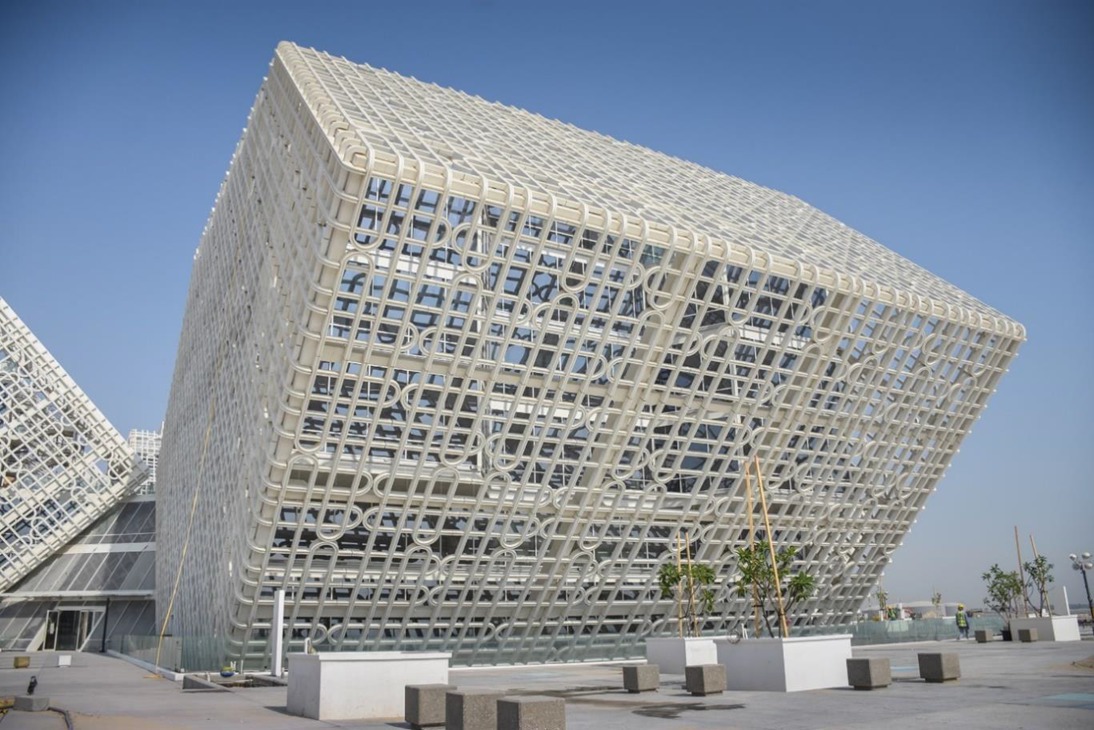GGBS: A dwindling finite resource or a bridge to a greener future?
14.10.2024As the construction industry faces increasing pressure to adopt sustainable practices, and reduce carbon emissions, companies are exploring new technologies and materials. However, in this pursuit of innovation, many overlook long-standing resources that can contribute significantly to a greener future. Ground Granulated Blast Furnace Slag (GGBS), a by-product of steel manufacturing, is one such resource that remains crucial for sustainable construction.
Since its inception in 2020, Cemblend has specialised in creating bespoke cement blends tailored to meet customer performance and environmental requirements. By combining various cement with supplementary cementitious materials (SCMs) like GGBS, Cemblend helps their clients reduce their carbon footprints while ensuring compliance with British Standards. Their customised blends offer an effective way to achieve sustainability goals without sacrificing performance, supporting the industry’s transition towards greener construction practices.
The Role of Cement Blends in Sustainable Construction
GGBS plays an essential role in reducing the carbon footprint of cement products. Cement production is responsible for about 8% of global CO2 emissions, making it one of the largest contributors to climate change. Using GGBS as a partial substitute for Ordinary Portland Cement (OPC) can dramatically lower these emissions, helping reduce the embodied carbon in concrete. Given the rising demand for infrastructure and housing worldwide, every effort to reduce the carbon impact of construction is crucial.
Why GGBS Is Vital
Aside from its sustainability benefits, when using GGBS in a cement blend, it provides enhanced performance characteristics that make it attractive for certain applications. It improves the durability of the concrete, offering superior resistance to sulfate and chloride attacks, which are common in harsh environmental conditions such as marine, agricultural and some industrial environments.
It’s Not Just Greener
Aside from its sustainability benefits, when using GGBS in a cement blend, it provides enhanced performance characteristics that make it attractive for certain applications. It improves the durability of the concrete, offering superior resistance to sulfate and chloride attacks, which are common in harsh environmental conditions such as marine, agricultural and some industrial environments.
Is GGBS a dwindling resource?
The availability of GGBS is inherently linked to the production of steel, as much as 250kgs of slag is produced per tonne of steel. Whilst it is true some steel works in the UK and Europe are starting the shift towards adopting alternative steelmaking processes, such as electric arc furnaces, that won’t yield a slag similar to the one used today. The view needs to be taken globally and with the context view of the annual use of Cement and its forecast growth.
Conclusion: A Vital Resource for a Sustainable Future
The construction industry is at a crossroads, with mounting pressure to adopt more sustainable practices. While new innovations and materials are being developed, GGBS remains a reliable and readily available option for reducing the environmental impact of construction projects. Through published papers and forecasts over the next 5 years the ratio of cement to GGBS will remain stable. By continuing to incorporate GGBS into concrete mixes, companies can lower carbon emissions, improve the durability of structures, and make the most of this resource. Failure to take advantage of this resource would be a missed opportunity to reduce carbon emissions now.
CONTACT
Cemblend Ltd,
Swan House, The Park,
Market Bosworth,
CV13 0LJ/UK
+44 3302 292950


